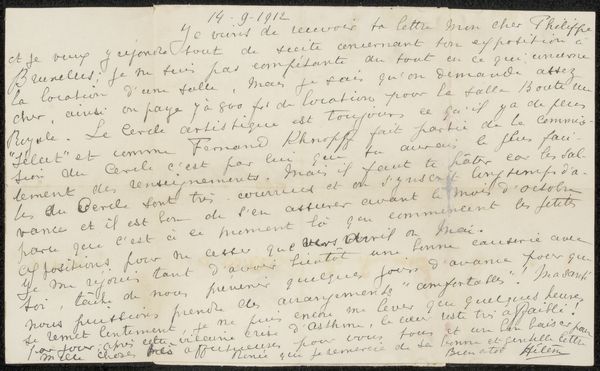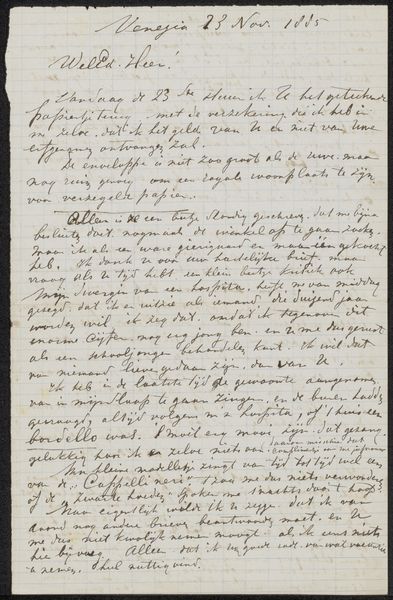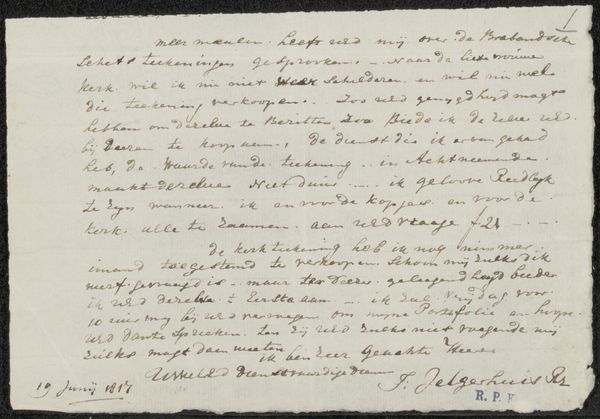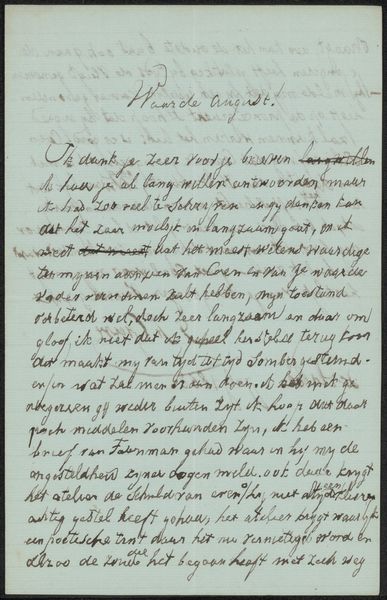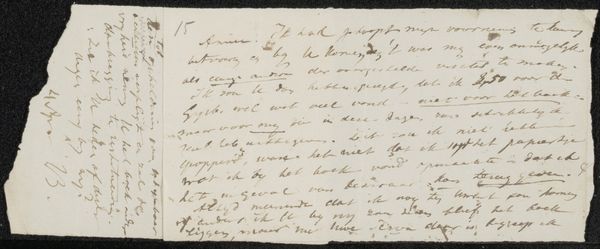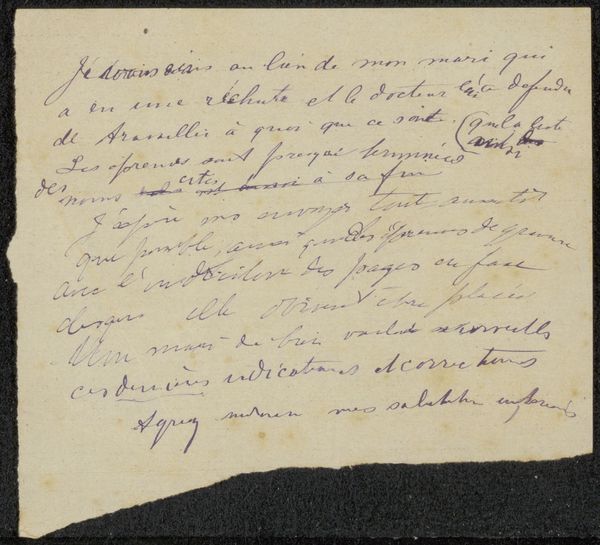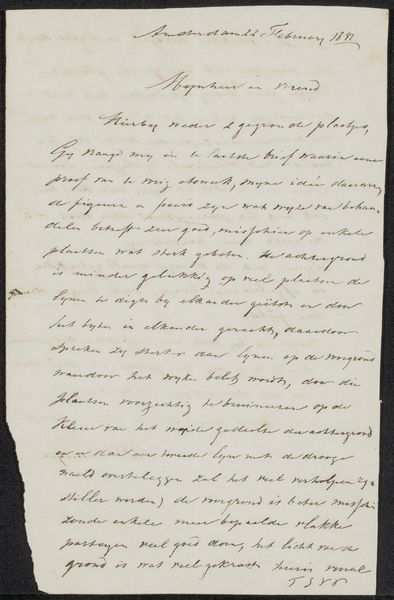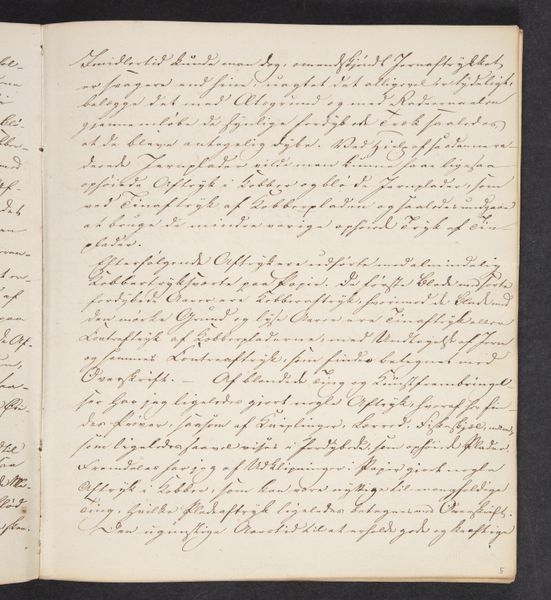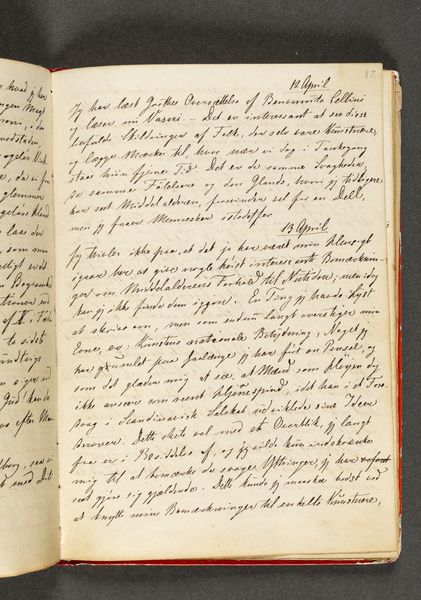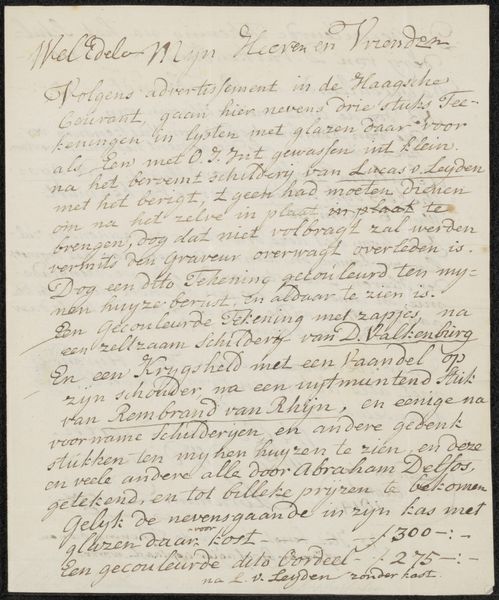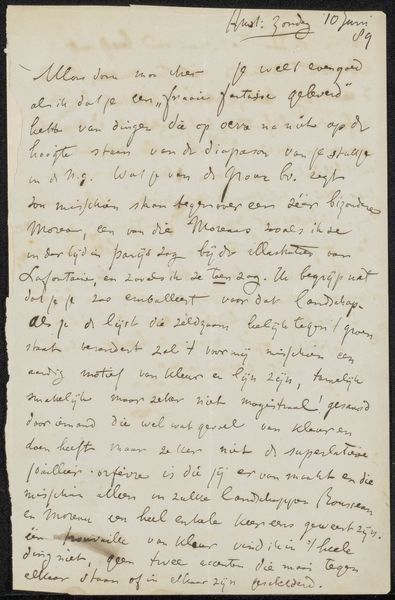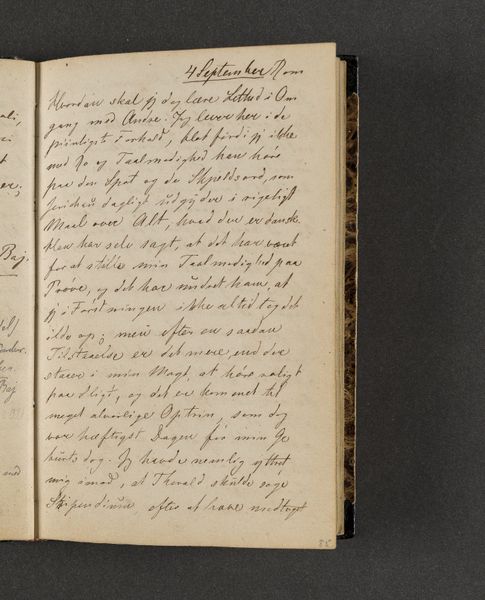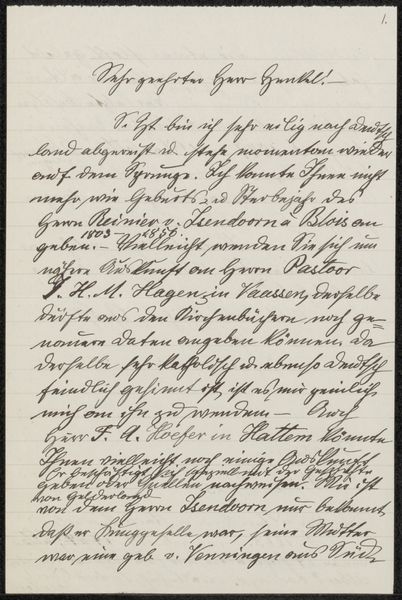
drawing, paper, ink
#
drawing
#
paper
#
ink
#
watercolour illustration
#
genre-painting
#
calligraphy
Dimensions: height 155 mm, width 195 mm
Copyright: Rijks Museum: Open Domain
Editor: So, this is “Gekalligrafeerd raadsel,” or "Calligraphed Riddle," likely from 1770-1778, created by Jan Brandes. It’s a drawing made with ink on paper, a kind of genre-painting done with calligraphy. The handwriting is so beautiful, almost like sheet music, but I can't decipher any of it. What's your take on it? Curator: I’m drawn to its deceptive simplicity. On the surface, it’s just text on a page, but context shifts our perception. The late 18th century was a time of rising literacy and expanding social circles, where word puzzles became a popular form of entertainment among the Dutch elite. It points to a world where deciphering clues became a sort of cultural game. What do you make of that? Editor: So, it’s a puzzle meant to be solved, perhaps at social gatherings? The ornate script must have added to the challenge... and the fun? Curator: Precisely! And consider Brandes himself, not just as an artist but as a figure deeply embedded in the social and intellectual currents of his time. How does knowing that shift your interpretation of the work? Editor: Well, it humanizes the piece. It is not only visually appealing; it represents Brandes' world of social entertainment. A window into his cultural context! Curator: Exactly. And beyond the elite circles it also highlights the developing importance of museums as institutions dedicated to public instruction. Consider this piece as not merely aesthetic but informative, actively engaging its audience. How different would that be from art today? Editor: Vastly different. I suppose this work reflects a different ambition for art -- one that involves teaching and engaging the public in more direct ways than we are used to seeing now. I'm starting to think that calligraphy carries within it, a political function! Curator: I'm glad you spotted it. Ultimately, a piece like this is valuable not just for its artistic skill but for what it tells us about society, the shifting role of art, and our interaction with it.
Comments
No comments
Be the first to comment and join the conversation on the ultimate creative platform.
